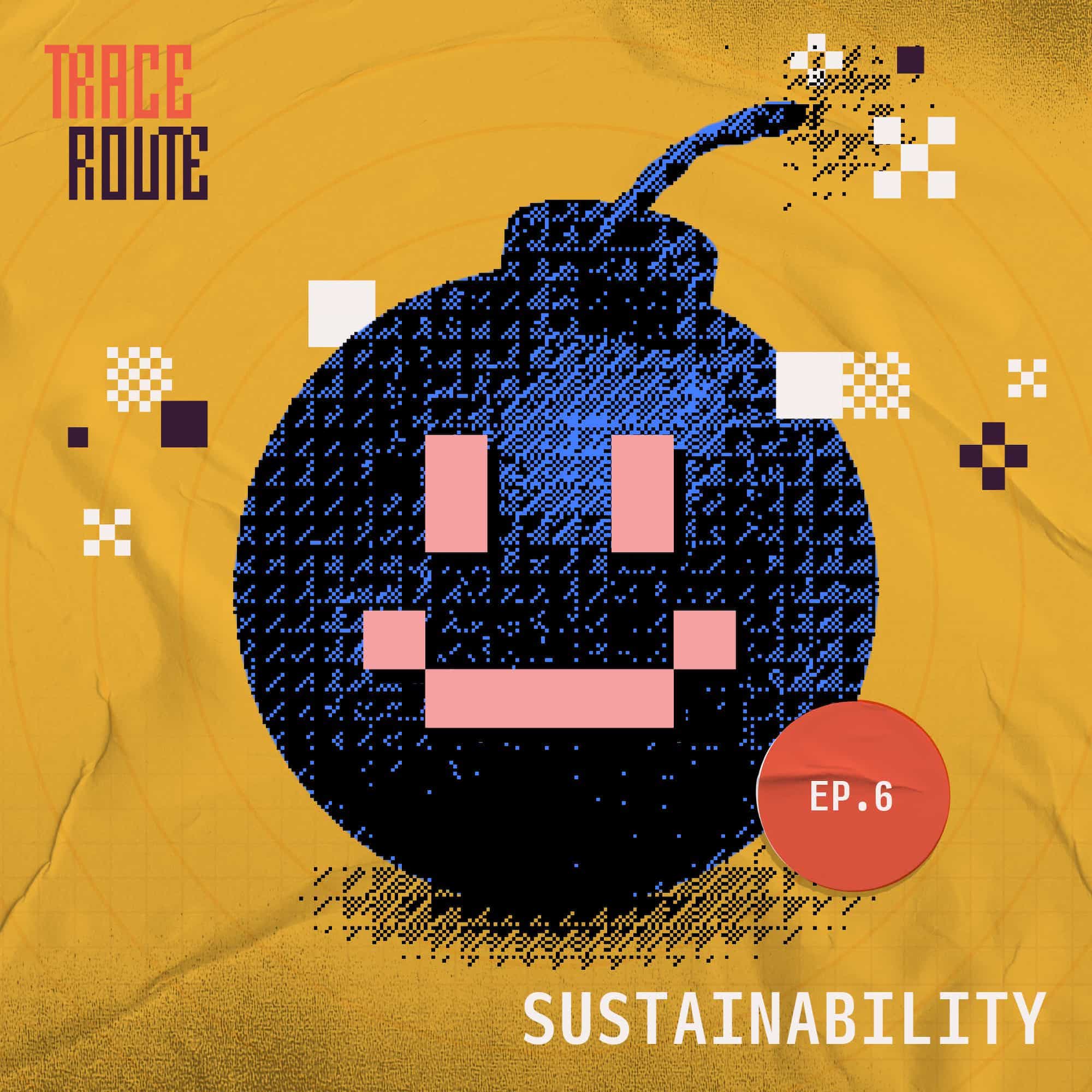
Episode description
Technology is a staple part of our lives. Its continuous growth has improved the world in countless ways. But what most people don’t know is the environmental impact of something as mundane as streaming a video.
In this episode, we discuss the impacts of data storage, technology, and the Internet on our world. Ali Fenn, David Mytton, and Jonathan Koomey share their insights on investing in sustainability and transitioning to more efficient energy sources. The key to global sustainability lies in the hands of data storage and technology industries. They need to find greener, more sustainable alternatives.
If you want to learn about the Internet’s environmental impacts and know how you can contribute to investing in sustainability, then this episode of the Traceroute podcast is for you.
Episode Highlights [01:23] Areas For Infrastructure Sustainability- The demand for increased data storage grows globally and daily.
- Data centers need more compact and more efficient transistors to decrease their harmful effects on the environment while still providing good service.
- Ali Fenn, the president of ITRenew, says we should focus on energy, materials, and the manufacturing process for infrastructure sustainability.
- Spewing a ton of waste on the back end is also alarming.
- It's vital to consider environmental sustainability for the future of the Internet infrastructure industry.
Ali Fenn: “The manufacturing process has this huge carbon impact. So let’s think about a less wasteful, less linear stream, and let's at least maximize the value we can get out of all that stuff.”
[04:53] Investing in Sustainability by Reusing Materials- Ali didn’t think much about the environmental impact of technology infrastructure until she worked at ITRenew, which promotes the reuse of data center hardware.
- The demand for infrastructure is spurred by hyperscalers, like Google and Facebook.
- Open hardware is becoming the norm, maximizing the value and longevity of hardware through repurposing and reusing.
- Open hardware allows ITRenew to grow, buyers to get quality equipment, and hyperscalers to improve their sustainability.
- A circular economy is about deferring new manufacturing from a carbon perspective without sacrificing quality. Tune in to the full episode to hear Ali’s analogy about reusing materials using second-hand cars.
[10:23] Data Center Energy Consumption
- Other concerns for investing in sustainability include electricity, materials, and water consumption.
- The primary resource for Internet usage is electricity.
- The rapid growth of technology and the Internet leads to colossal consumption of our natural resources and poses a significant threat to the environment.
- The total amount of data center energy consumption ranges from 200 terawatt-hours to 500 terawatts-hours.
- Data centers are more efficient now, and the world is transitioning to cloud computing.
[14:48] Three Steps for Greener Data Centers
- While data centers have made impressive steps in reducing their carbon impact, there are three steps they can take to become greener.
- The first step is to offset all the carbon they emit through electricity generation.
- Next, match all electricity usage with 100% renewables. Although this is a good step, it may not be sufficient, as data centers still require a local electricity grid.
- Lastly, use 100% clean energy through power-purchase agreements to gain renewable electricity sources.
- Governments can encourage companies to move in this...